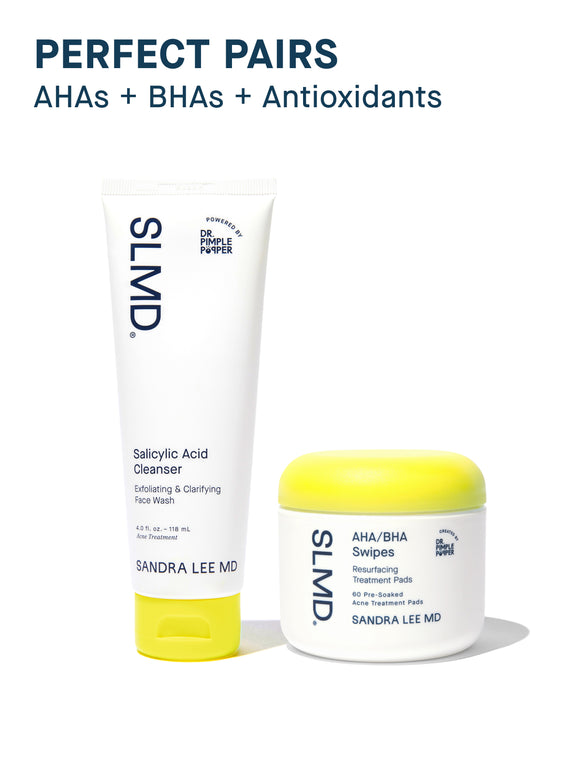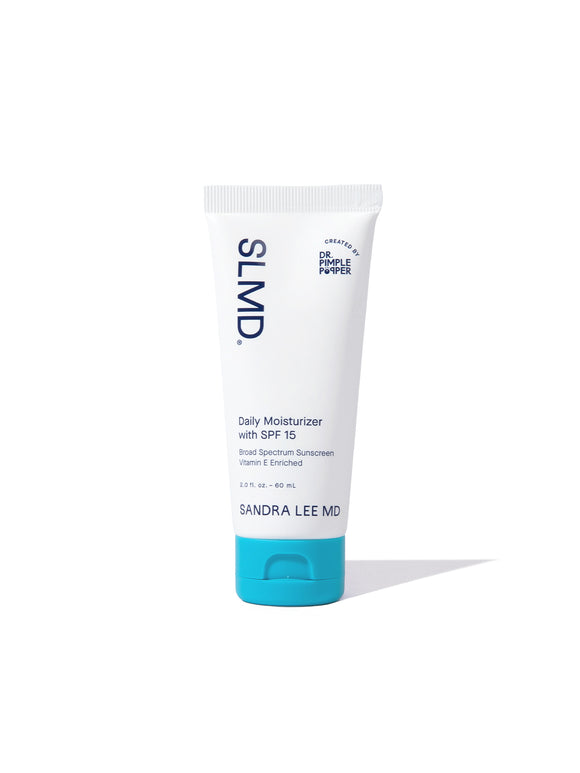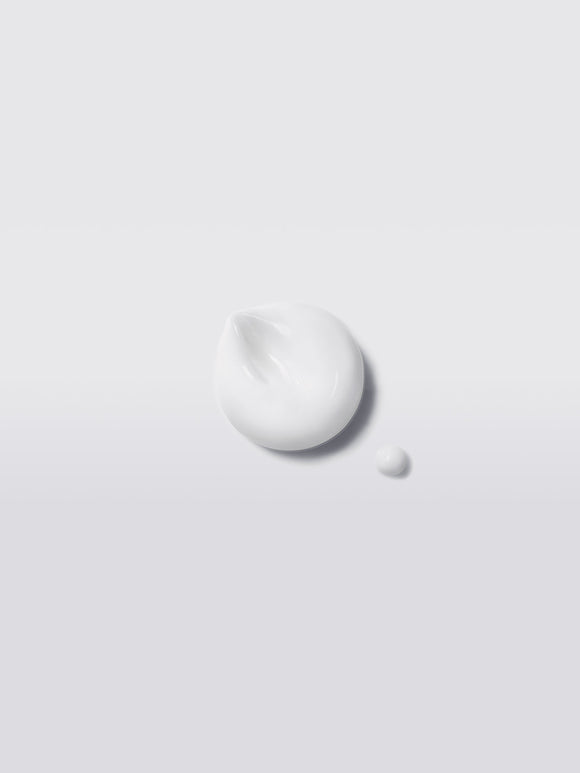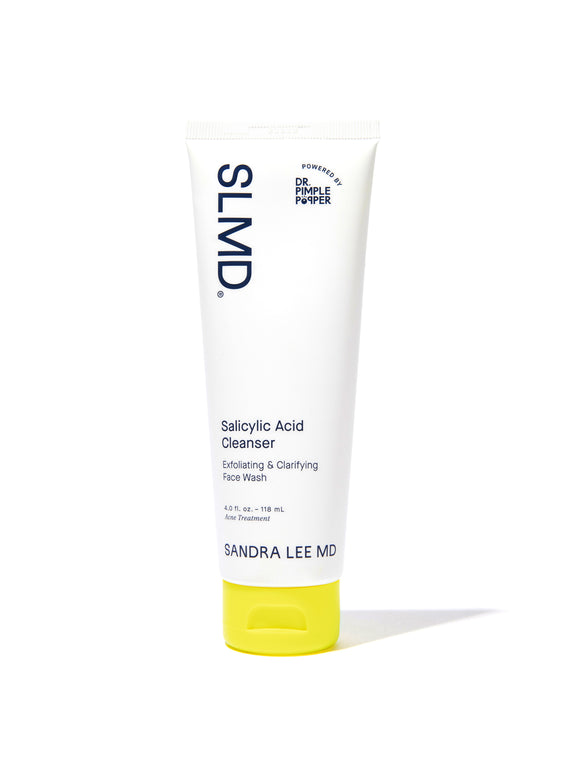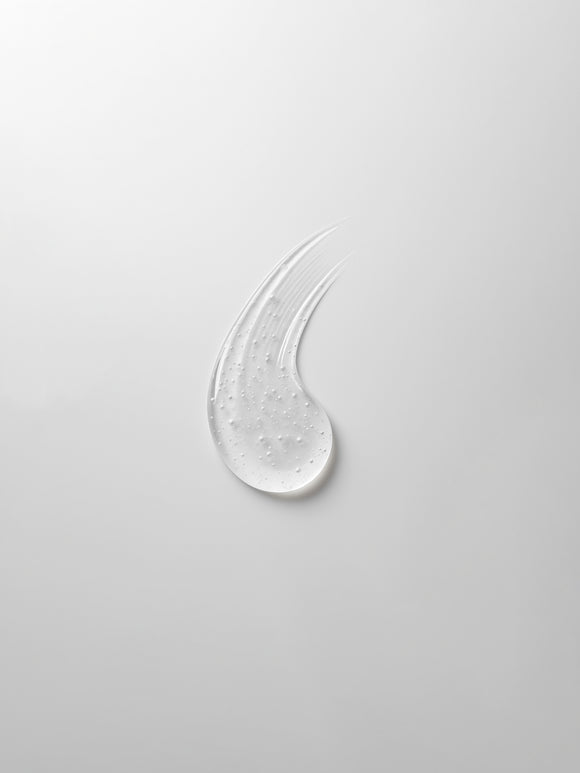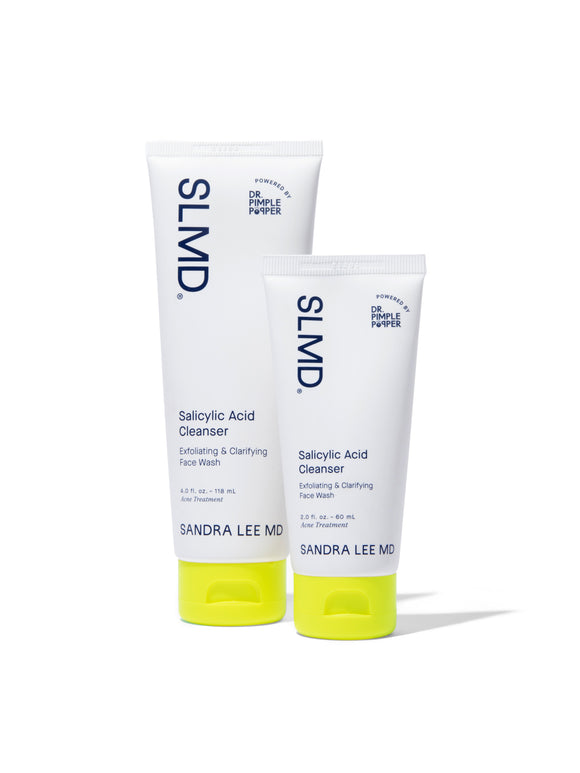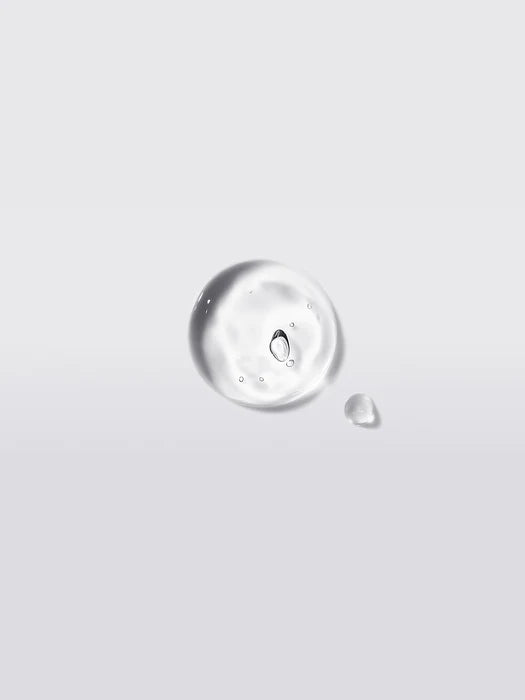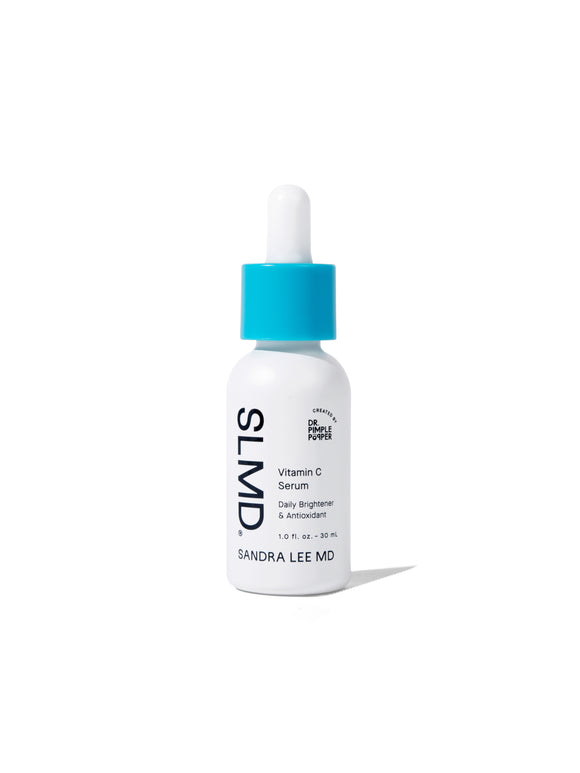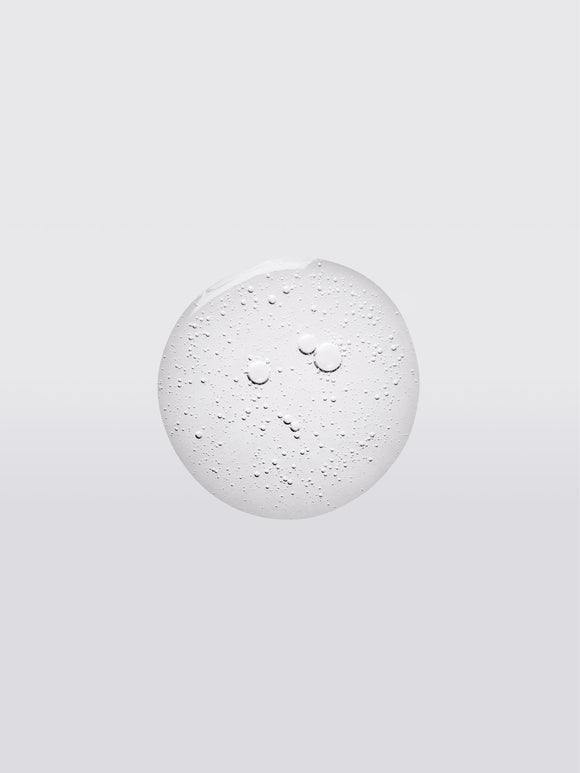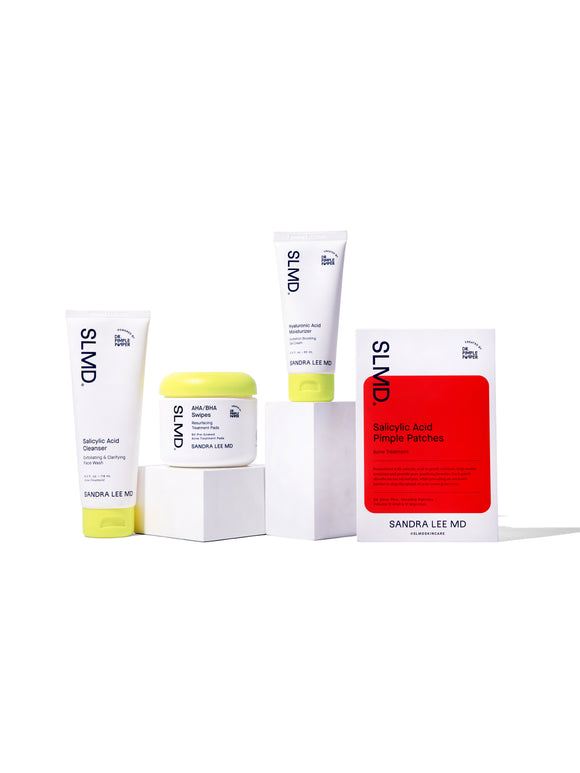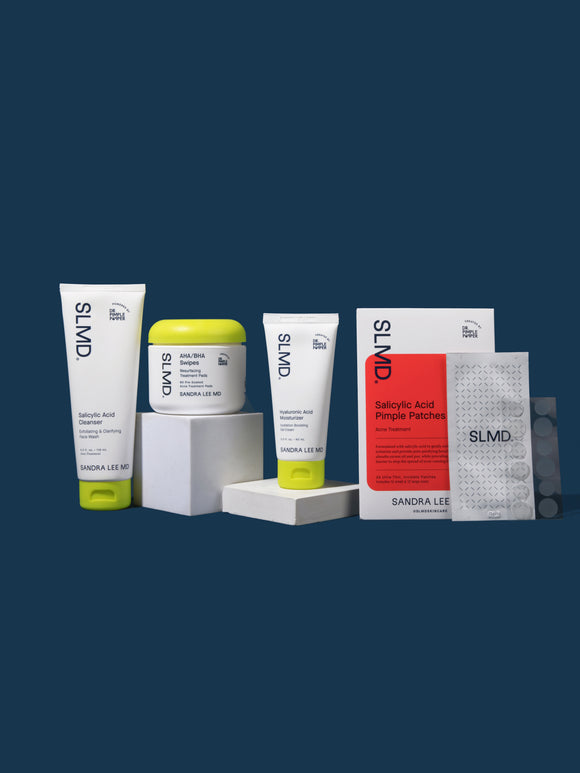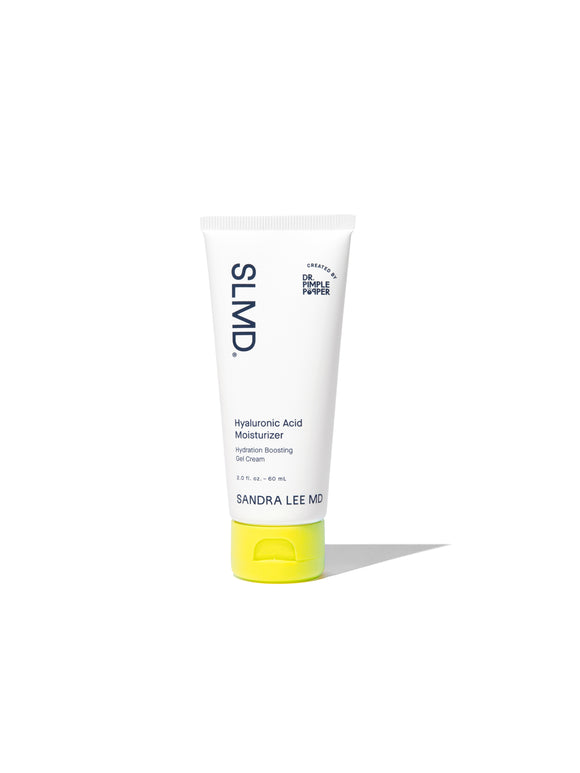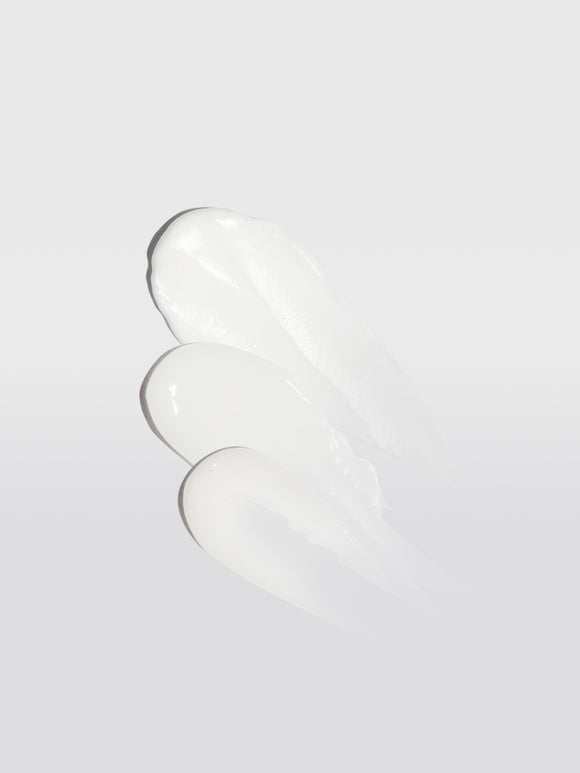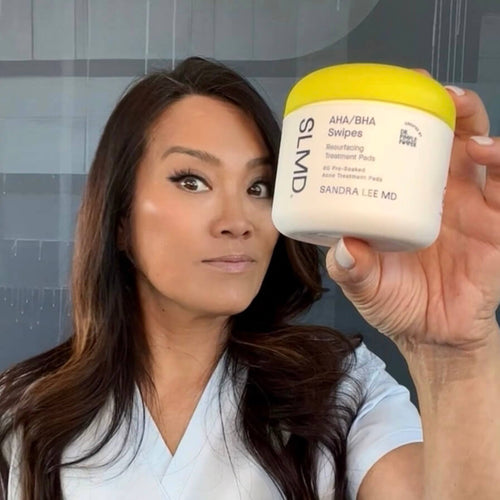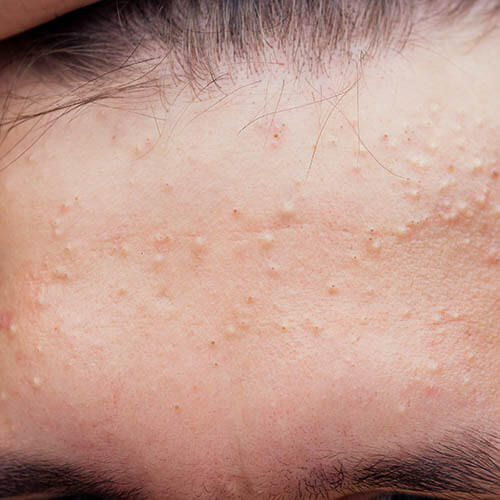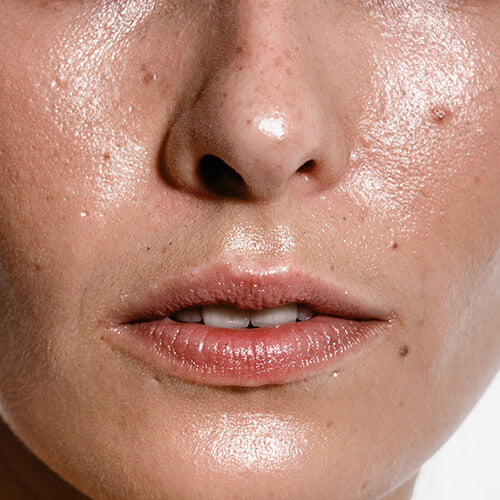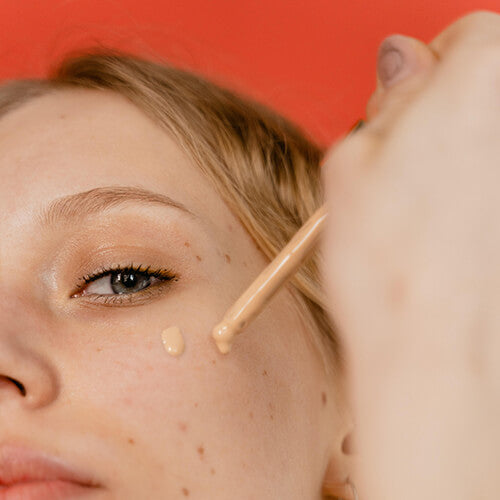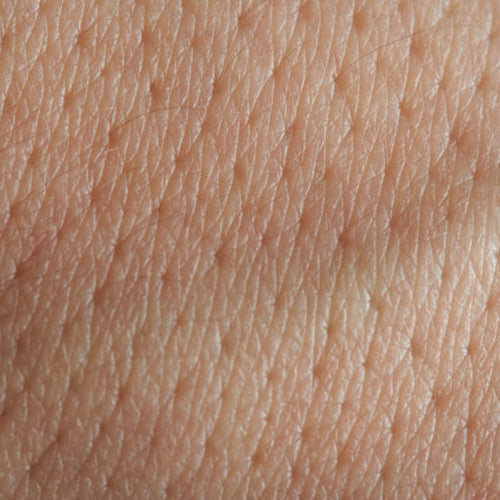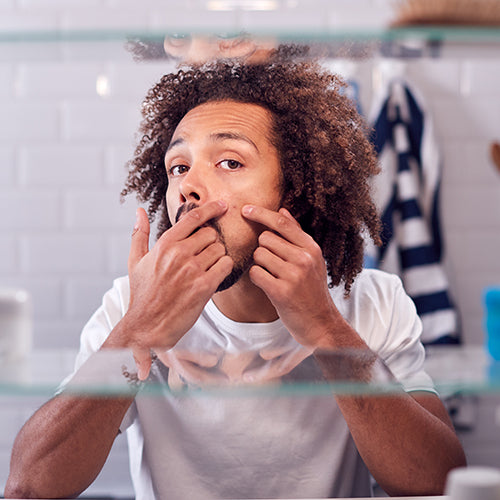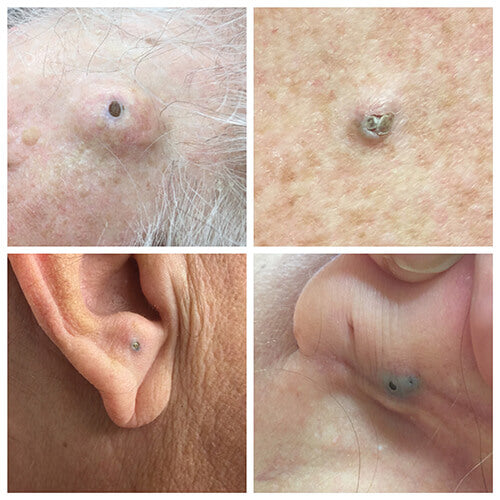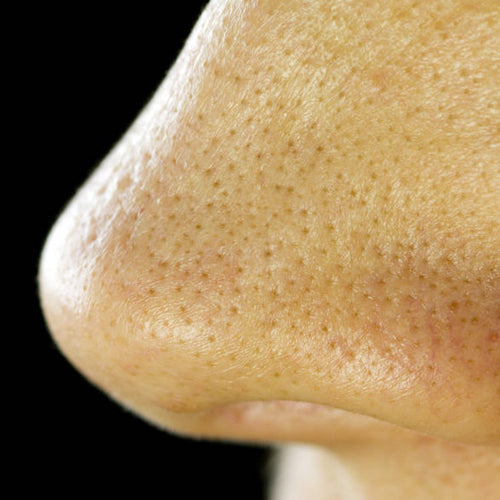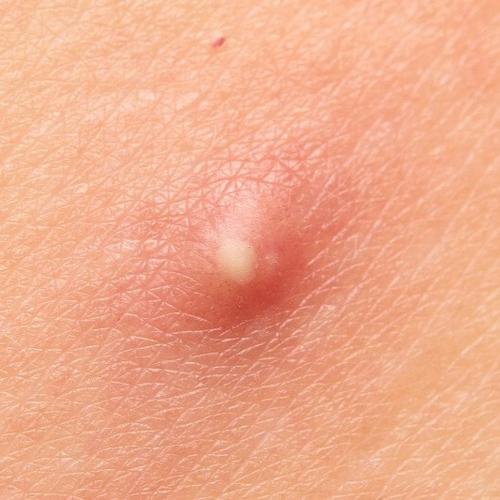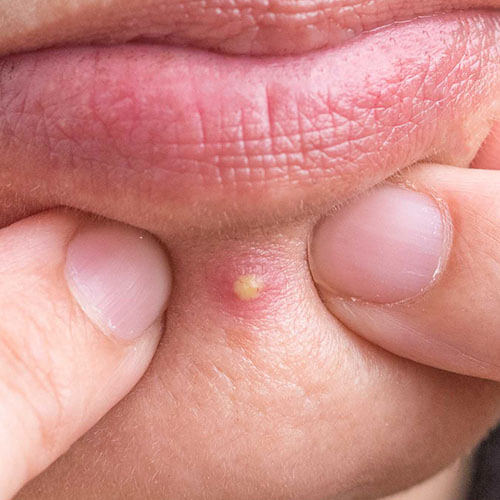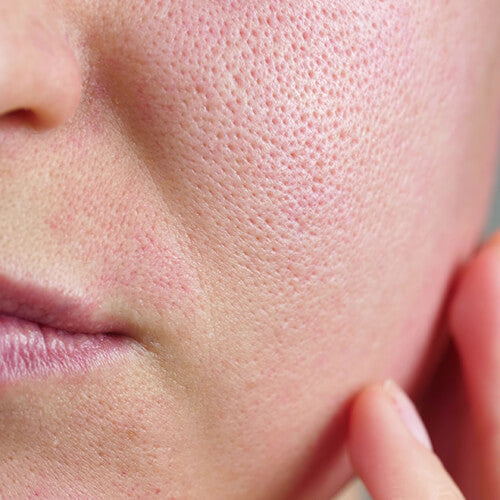
Can You Shrink Pores? 6 Pore Myths Debunked by Dr. Pimple Popper
What you're getting wrong about your pores — and dermatologist-approved secrets to keeping them clear.
Published:
2 minute read
They’ve been magnified, scrutinized, clogged, squeezed — even slapped with sticky strips. But what do we really know about our pores? It turns out, not as much as we’d like to think.
To clear up the confusion, we’re debunking the most persistent myths about pores with insights from Sandra Lee, MD (aka Dr. Pimple Popper). From whether you can shrink pores to what actually works to keep them clear, let’s dive in.
#1: Do pores really open and close?
This is one of the most widespread skincare myths — but it’s completely false. Pores don’t have muscles, so they can’t open or close.
When you steam your skin, it doesn’t “open” your pores. Instead, the heat softens the oil and debris inside, making it easier to clean them out. While steaming can be a helpful pre-facial step, it won’t magically change your pores’ structure.
What works: Clean your pores with oil-soluble exfoliants like salicylic acid, which penetrates inside the pore to break down buildup.
#2: Can exfoliants actually clean pores?
Partially true, notes Dr. Lee — but not all exfoliants work the same way.
- AHAs (like glycolic and lactic acids) are keratolytic agents that work on the skin’s surface to dissolve dead skin cells.
- BHAs (like salicylic acid) are oil-soluble, so they can penetrate deeper into the pore to clear out oil and debris.
What works: “Salicylic acid is my go-to for keeping pores clear,” says Dr. Lee. Try using it in a daily cleanser like SLMD Salicylic Acid Cleanser to prevent clogged pores.
Dr. Pimple Popper's Pore-Minimizing Picks
#3: Is it possible to shrink your pores?
Sorry, but no. The size of your pores is determined by genetics and skin quality, and there’s no way to permanently shrink them.
However, you can minimize their appearance by keeping them clean and improving skin elasticity. As we age, collagen and elastin levels decline, which can make pores appear larger. Using products that boost collagen production, like retinoids or vitamin C, can help skin look firmer.
What works: Regular exfoliation, collagen-boosting ingredients, and sunscreen to protect against collagen breakdown. Try: SLMD Retinol Resurfacing Serum, Vitamin C Serum, Daily Moisturizer with SPF 15.
#4: Are visible pores the same as blackheads?
Not necessarily. If your pores appear dark, it could be due to:
- Sebaceous filaments: normal oil and debris within the pore, often mistaken for blackheads.
- Aging skin: enlarged pores can cast shadows that make them look darker.
- True blackheads: hardened plugs of oil and dead skin that oxidize and turn black.
What works: Incorporating exfoliating products like SLMD AHA/BHA Swipes can help brighten skin and minimize the appearance of sebaceous filaments and blackheads.
#5: Can dry skin get clogged pores too?
Yes, it can. While oily skin is more prone to clogged pores, people with dry skin aren’t immune. Clogged pores happen when dead skin cells mix with sebum, and even dry skin produces enough oil for this to occur.
What works: “Dry skin needs proper hydration without clogging pores,” explains Dr. Lee. To keep your skin balanced, choose non-comedogenic moisturizers, like SLMD Hyaluronic Acid Moisturizer and Facial Moisturizer with Vitamin C.
#6: Should you use a pore vacuum?
Pore vacuums may be trending on TikTok, but they’re not a one-size-fits-all solution. These devices can cause redness and inflammation, especially for sensitive skin or darker skin tones prone to hyperpigmentation or telangiectasia (tiny broken blood vessels).
What works: Instead of a vacuum, try a pore-purifying mask with ingredients like salicylic acid, sulfur, charcoal, and zinc oxide. These ingredients work to exfoliate, draw out impurities, unclog pores, and soothe the skin.

Dr. Lee's Last Word
Smartphones and high-definition filters have created unrealistic expectations for poreless skin. The truth is, everyone has pores, and they’re a normal, healthy part of your skin. My advice? Focus on keeping them buildup-free with salicylic acid, and be kind to your skin.



